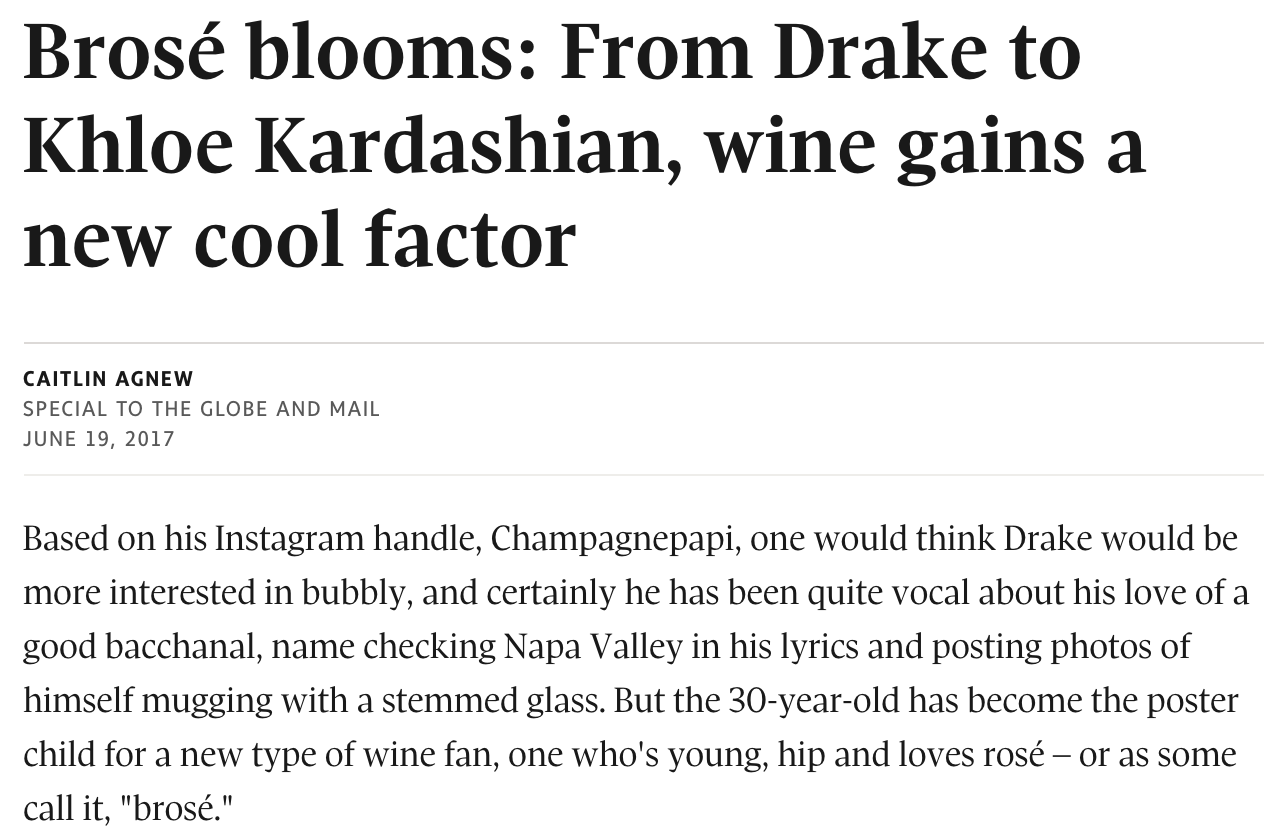
In ‘Embodying Emergent Masculinities’, Marcia Inhorn and Emily Wentzell argue that “masculinity research within anthropology must account for ongoing, embodied changes in men’s enactments of masculinities over time on both individual and societal levels.”
The article focuses on two studies about men who are breaking the hegemonic masculinity-mold in their respective cultures, embracing what the authors coin “emergent masculinities”. The article concludes that studies about masculinity must recognize emergent masculinities because “an emergent masculinities approach that takes new forms of masculine embodiment seriously as an object of empirical investigation helps to challenge pernicious stereotypes of masculinity that still persist in many regions of the world.”
The original theorist of “hegemonic masculinity,” R. W. Connell, defined hegemonic masculinity as “the strategy for being a man that legitimizes patriarchy and enables gendered social dominance in a given cultural context; it is shaped by, though not necessarily identical to, cultural ideals of manliness.” As we learned through the example of the Aka, “the strategy for being a man” does not always legitimize patriarchy nor does it always enable gendered social dominance; rather, the embodiment of hegemonic masculinity in Aka culture results in gender egalitarianism. The Aka example would render Connell’s definition incorrect. However, in North America, where hegemonic masculinity can be defined as white, middle to upper-middle class, able-bodied, and heterosexual, the masculine ideal does legitimize patriarchy and enable gendered social dominance. We must recognize that this is not because of what hegemonic masculinity is inherently as a concept, but rather because of what we have constructed hegemonic masculinity to serve as: an agent of legitimizing patriarchy, racism, and sexism.
While the cross-cultural examples provided by Inhorn and Wentzell serve to provide evidence of variations in masculinity, and a sort of “anti-hegemony” movement among some men, in North America, our fixation with gendered products would serve as evidence that North Americans are, overall, still fixated on portraying and embodying hegemonic gender.
But how can this be? We’re way more progressive and accepting than our forerunners. We’re millennials, we’re all about equality, “fighting the man”, “breaking the mold”, and accepting different races, genders, sexualities.
So, progressive generation Y, how is it then that “leading U.S. toy manufacturer Hasbro’s “girls” category raked in $300 million” in the early 1990’s but, “earned a record-breaking $1 billion” in 2013? According to this fact, we care about $700 million dollars more about not breaking the mold than our predecessors (and that’s just one company).
Still convinced this doesn’t apply to you?
Do you think that drinking a beer is “more manly” than having a fruity cocktail, or say, a glass of rosé? Is it the colour of these beverages that is offensive to your masculinity? North American millennial males were so offended by the idea of drinking pink wine that they felt forced to reinvent it – rename it – reclaim a genderless beverage for the sake of their masculinity.
“Pink wine was once just for girls, but this summer male drinkers are putting down their pint glasses and getting in on the act. Introducing Brosé.”

The viral sensation that is Brosé serves as evidence that North American millennial males’ masculinities are so tied up with the hegemonic ideal, that drinking something pink – a colour coded for females in our society through a process of enculturation – might somehow affect and or totally erase it.
If millennials were truly as progressive as they thought they were, Brosé wouldn’t have become a viral trend, and we wouldn’t spend billions of dollars on gendered products to publicly, and internally, reaffirm our masculinities and or femininities.